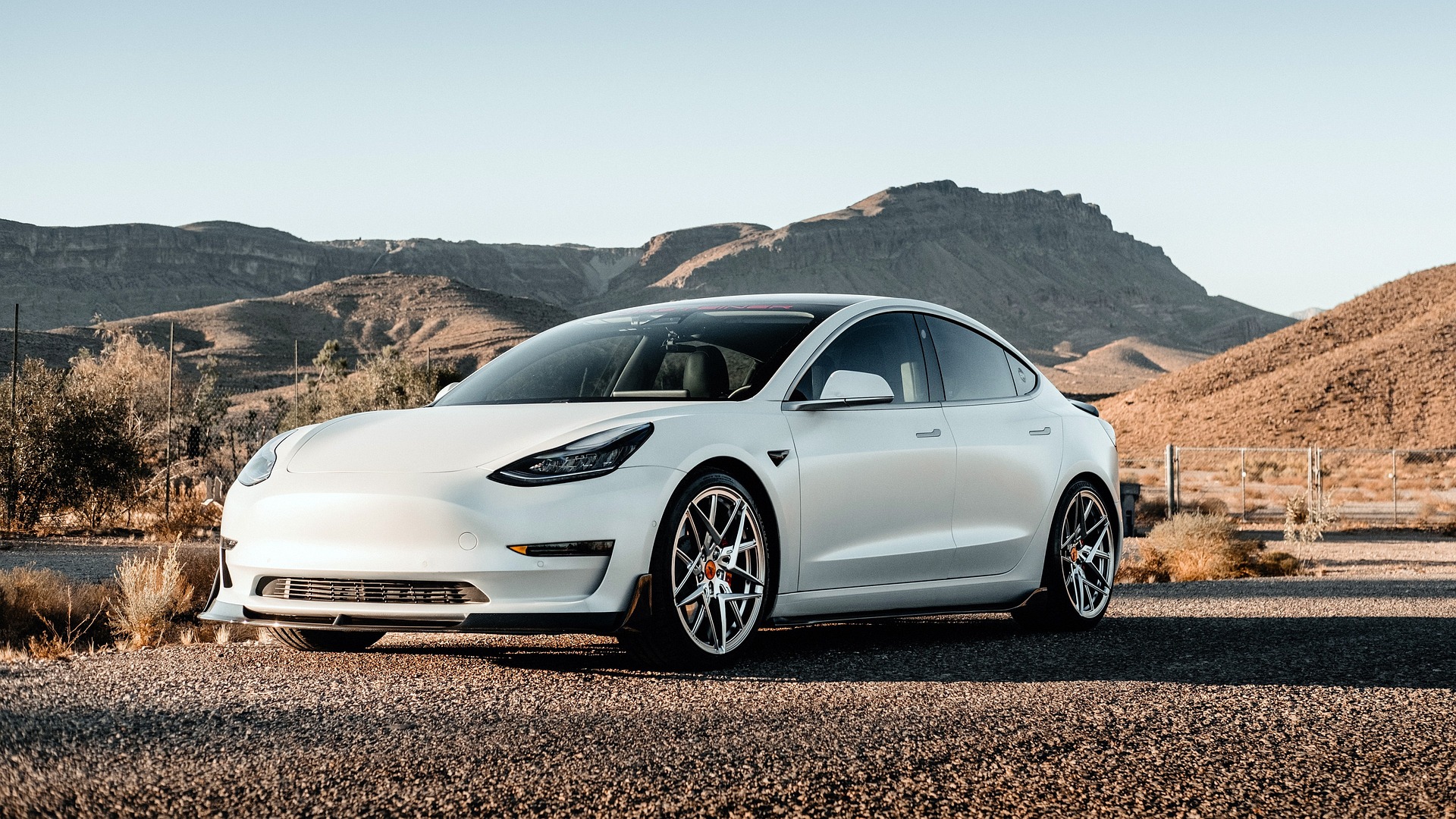Technological Leap: How Synchromesh Transmissions Have Changed Driving
Introduction There's a technological marvel that has changed the automotive world, yet it is often overlooked. Synchromesh transmission, an innovation that revolutionized the manual driving experience, remains a vital part of many modern cars. Its fascinating history and profound impact on vehicle operation make it a noteworthy topic for any car enthusiast.

The Dawn of Synchromesh Transmission
The birth of synchromesh transmission dates back to the early 20th century. The idea was to create a device that could eliminate the need for double-clutching while shifting gears in a manual transmission car. In 1928, Cadillacs became the first cars to feature synchromesh transmission, marking a turning point in automotive history.
The technology relies on brass sync rings, which match the speed of the rotating gear and the gear to be engaged, allowing a smoother and quieter gear change. This was a stark contrast to the “crash” gearboxes that predated synchromesh, requiring drivers to have precise timing and skillful clutch control.
The Synchromesh Transmission: An Industry Game Changer
The introduction of synchromesh transmission had a profound impact on the automotive industry. It made driving more accessible and less intimidating, opening up the world of car ownership to a broader public, and ultimately leading to an expansion of the auto market.
By ensuring smoother gear changes and reducing the risk of transmission damage, synchromesh also significantly improved the longevity and reliability of cars. It was not just a convenience feature; it was a key factor in enhancing vehicle performance and driving comfort.
The Modern-Day Relevance of Synchromesh
In today’s automotive landscape, manual transmissions are becoming increasingly rare, especially in the U.S, where automatic transmissions dominate the market. However, in many parts of the world, especially Europe and Asia, manual transmissions, and hence synchromesh, remain popular. They are often associated with a more engaging driving experience and offer better fuel efficiency.
Furthermore, synchromesh transmissions are still widely used in a variety of commercial and agricultural vehicles, proving the enduring relevance and importance of this technology.
The Challenges and Benefits of Synchromesh Transmissions
While the synchromesh transmission has many benefits, it also presents certain challenges. These include the need for regular maintenance and potential for expensive repairs if the synchros wear out. However, with proper care and use, these issues can be mitigated.
On the positive side, synchromesh transmissions provide a more enjoyable, interactive driving experience, offering better control over the vehicle. They also tend to be more durable and less complex than automatic transmissions, resulting in lower repair and replacement costs.
The Future of Synchromesh Transmission
While automatic transmissions continue to evolve and gain popularity, the future of synchromesh isn’t bleak. Manual transmissions, bolstered by synchromesh technology, remain the preference for many driving purists who appreciate the control and engagement they provide. As long as there are drivers who prefer shifting gears themselves, the synchromesh transmission will have a place in the automotive world.
In conclusion, the synchromesh transmission’s influence on car culture and its ongoing relevance make it a fascinating topic. As we explore the intricacies of this technology, we gain a deeper understanding of its role in shaping automotive history and its potential future.




